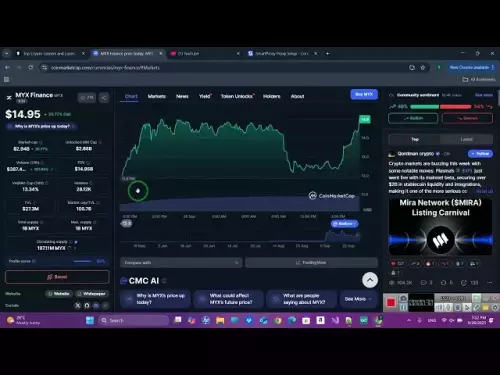-
 bitcoin
bitcoin $109547.008142 USD
0.04% -
 ethereum
ethereum $4011.838726 USD
-0.05% -
 tether
tether $1.000402 USD
-0.01% -
 xrp
xrp $2.798606 USD
0.88% -
 bnb
bnb $970.877944 USD
1.39% -
 solana
solana $202.237275 USD
-0.95% -
 usd-coin
usd-coin $0.999673 USD
0.00% -
 dogecoin
dogecoin $0.229294 USD
-1.15% -
 tron
tron $0.336370 USD
-0.45% -
 cardano
cardano $0.777260 USD
-1.66% -
 hyperliquid
hyperliquid $45.503019 USD
1.73% -
 ethena-usde
ethena-usde $1.000362 USD
0.01% -
 chainlink
chainlink $20.785303 USD
-1.10% -
 avalanche
avalanche $28.755822 USD
-0.11% -
 stellar
stellar $0.358303 USD
-0.48%
Difference between OKX leverage and contract
OKX's leverage trading amplifies potential returns and risks by borrowing funds, while contract trading allows speculation on future price movements without asset ownership.
Nov 16, 2024 at 07:14 pm

The world of cryptocurrency trading encompasses a diverse spectrum of strategies, catering to the varying risk appetites and investment objectives of traders. Among the most prevalent methods are leverage trading and contract trading, each offering unique advantages and drawbacks. OKX, a renowned cryptocurrency exchange, stands out as a leading platform that offers both leverage and contract trading options to its users. Delving into the intricacies of these two trading modalities, this comprehensive guide will elucidate the fundamental differences between OKX leverage and contract trading, empowering traders to make informed decisions and optimize their trading experiences.
Step 1: Understanding Leverage Trading on OKXLeverage trading is a technique that amplifies the potential returns and risks associated with a trade by borrowing funds from a broker or exchange. On OKX, leverage trading is available for spot trading, enabling traders to amplify their positions with borrowed funds. The amount of leverage offered varies depending on the asset being traded and the market conditions. For instance, popular cryptocurrencies like Bitcoin and Ethereum may offer leverage of up to 10x, while newer or more volatile assets may have lower leverage limits.
Advantages of OKX Leverage Trading:
- Amplified potential returns: Leverage trading allows traders to control a larger position than their initial capital, potentially magnifying their profits.
- Increased trading flexibility: Leverage trading offers greater flexibility, allowing traders to adjust their positions quickly and capitalize on market opportunities.
- Lower upfront capital: With leverage trading, traders can initiate positions with less upfront capital, making it an accessible option for those with limited funds.
Risks of OKX Leverage Trading:
- Magnified potential losses: Leverage trading magnifies not only potential returns but also potential losses. If the market moves against the trader's position, they could lose more than their initial investment.
- Margin calls: If a leveraged position moves against the trader and exceeds certain margin requirements, the exchange may issue a margin call, requiring the trader to deposit additional funds or liquidate the position.
- Higher trading fees: Leverage trading typically incurs higher trading fees than spot trading due to the additional risk involved.
Contract trading, also known as futures trading, involves the buying and selling of standardized contracts that represent an underlying asset, such as a cryptocurrency or a stock index. OKX offers a wide range of perpetual futures contracts, including those for Bitcoin, Ethereum, and other popular cryptocurrencies. Unlike spot trading, where traders own the underlying asset itself, contract trading involves speculating on the future price movements of the underlying asset without taking ownership of it.
Advantages of OKX Contract Trading:
- Hedging against risk: Contract trading enables traders to hedge against potential losses in their spot positions by taking offsetting positions in the futures market.
- Flexibility and leverage: Contract trading offers significant flexibility, allowing traders to adjust their positions quickly and utilize leverage to amplify their potential returns.
- Efficient capital utilization: Contract trading allows traders to efficiently utilize their capital by speculating on price movements without having to purchase the underlying asset.
Risks of OKX Contract Trading:
- Market volatility: Contract trading involves speculating on future price movements, which can be highly volatile, leading to potential losses.
- Liquidation risk: Similar to leverage trading, contract trading involves the risk of liquidation if the position moves against the trader and exceeds certain margin requirements.
- Complexity: Contract trading can be more complex than spot trading, requiring traders to have a deeper understanding of market dynamics and trading strategies.
- Underlying Asset: Leverage trading involves trading the underlying spot asset, while contract trading involves speculating on the future price movements of the underlying asset.
- Ownership: In leverage trading, traders own the underlying asset, while in contract trading, traders do not take ownership of the underlying asset.
- Settlement: Leverage trading involves the settlement of trades in the underlying asset, while contract trading involves the settlement of trades in cash based on the difference between the opening and closing prices of the contract.
- Leverage: Both leverage trading and contract trading offer leverage options, but the amount of leverage available may vary depending on the asset and market conditions.
- Risk: Both leverage trading and contract trading involve risks, including the potential for magnified losses. Traders should carefully manage their risk exposure and utilize stop-loss orders to mitigate potential losses.
Disclaimer:info@kdj.com
The information provided is not trading advice. kdj.com does not assume any responsibility for any investments made based on the information provided in this article. Cryptocurrencies are highly volatile and it is highly recommended that you invest with caution after thorough research!
If you believe that the content used on this website infringes your copyright, please contact us immediately (info@kdj.com) and we will delete it promptly.
- Blockchain, Eggman, Presale: Why $GGs is the Talk of the Town in 2025
- 2025-09-29 00:25:12
- Crypto Coins 2025: Which Ones Will Explode?
- 2025-09-29 00:25:12
- Crypto Presales in 2026: Chasing ROI Like a New Yorker Chases a Cab
- 2025-09-29 00:30:01
- Solana, AVAX, and the Layer 2 Landscape: Finding the Next Crypto Gem
- 2025-09-29 01:05:14
- Solana's Rollercoaster: Billions Lost, Rebound Catalysts Emerge
- 2025-09-29 01:05:14
- SUI Price, Hype, Digitap: What's the Buzz in the Crypto Space?
- 2025-09-29 01:10:01
Related knowledge
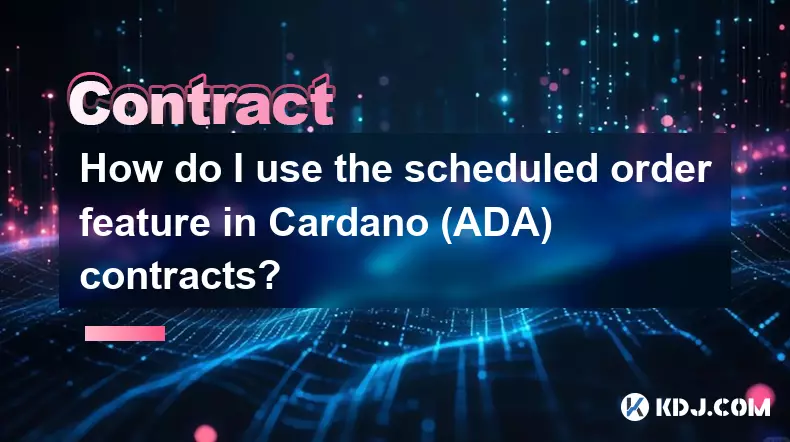
How do I use the scheduled order feature in Cardano (ADA) contracts?
Sep 28,2025 at 10:18pm
Understanding Scheduled Orders in Cardano Smart ContractsCardano operates on a proof-of-stakes consensus mechanism and uses the Plutus scripting langu...

How do I enable the "scalping-only" mode for Cardano (ADA) contracts?
Sep 24,2025 at 03:19am
Understanding Scalping Strategies in Crypto Derivatives1. Scalping in cryptocurrency trading refers to executing multiple short-term trades within min...
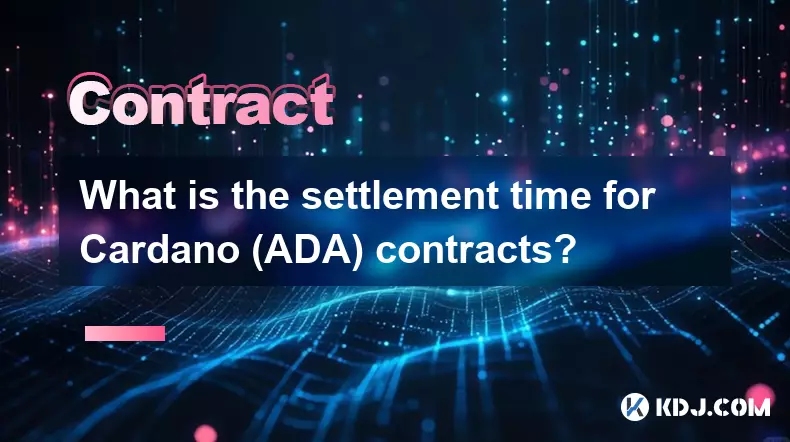
What is the settlement time for Cardano (ADA) contracts?
Sep 28,2025 at 04:18am
Understanding Cardano's Contract Settlement Mechanism1. Cardano operates on a proof-of-stake consensus model known as Ouroboros, which fundamentally i...
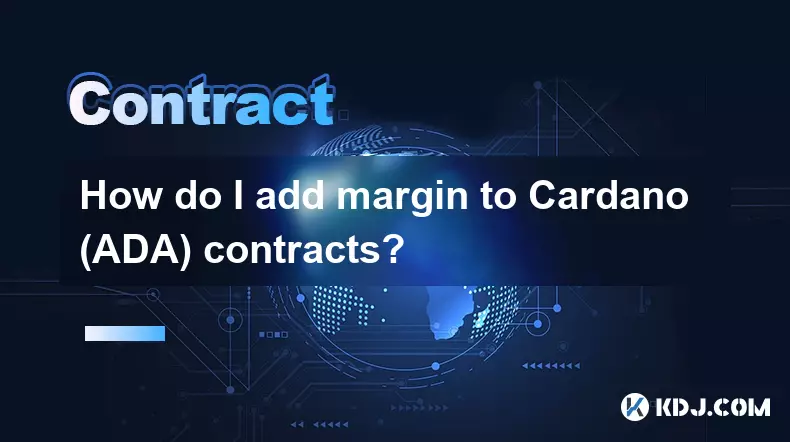
How do I add margin to Cardano (ADA) contracts?
Sep 27,2025 at 07:54pm
Understanding Margin in Cardano (ADA) Smart ContractsCardano operates on a proof-of-stake blockchain that supports smart contracts through its Plutus ...
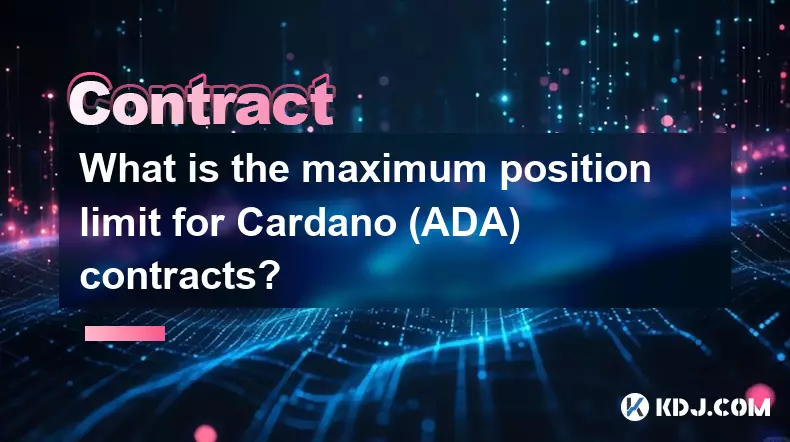
What is the maximum position limit for Cardano (ADA) contracts?
Sep 23,2025 at 11:00pm
Understanding ADA Futures and Derivatives Market Structure1. Cardano (ADA) futures contracts are offered by several major cryptocurrency derivatives e...
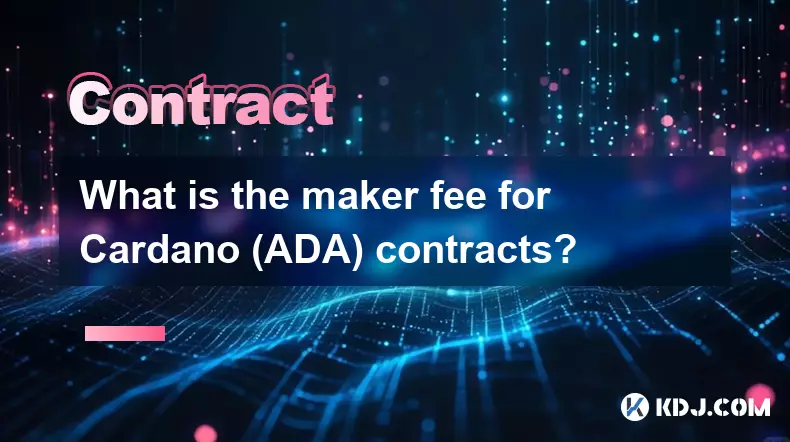
What is the maker fee for Cardano (ADA) contracts?
Sep 26,2025 at 09:01am
Understanding Maker Fees in Cardano (ADA) Contracts1. The concept of maker fees applies broadly across decentralized exchanges and smart contract plat...

How do I use the scheduled order feature in Cardano (ADA) contracts?
Sep 28,2025 at 10:18pm
Understanding Scheduled Orders in Cardano Smart ContractsCardano operates on a proof-of-stakes consensus mechanism and uses the Plutus scripting langu...

How do I enable the "scalping-only" mode for Cardano (ADA) contracts?
Sep 24,2025 at 03:19am
Understanding Scalping Strategies in Crypto Derivatives1. Scalping in cryptocurrency trading refers to executing multiple short-term trades within min...

What is the settlement time for Cardano (ADA) contracts?
Sep 28,2025 at 04:18am
Understanding Cardano's Contract Settlement Mechanism1. Cardano operates on a proof-of-stake consensus model known as Ouroboros, which fundamentally i...

How do I add margin to Cardano (ADA) contracts?
Sep 27,2025 at 07:54pm
Understanding Margin in Cardano (ADA) Smart ContractsCardano operates on a proof-of-stake blockchain that supports smart contracts through its Plutus ...

What is the maximum position limit for Cardano (ADA) contracts?
Sep 23,2025 at 11:00pm
Understanding ADA Futures and Derivatives Market Structure1. Cardano (ADA) futures contracts are offered by several major cryptocurrency derivatives e...

What is the maker fee for Cardano (ADA) contracts?
Sep 26,2025 at 09:01am
Understanding Maker Fees in Cardano (ADA) Contracts1. The concept of maker fees applies broadly across decentralized exchanges and smart contract plat...
See all articles






















